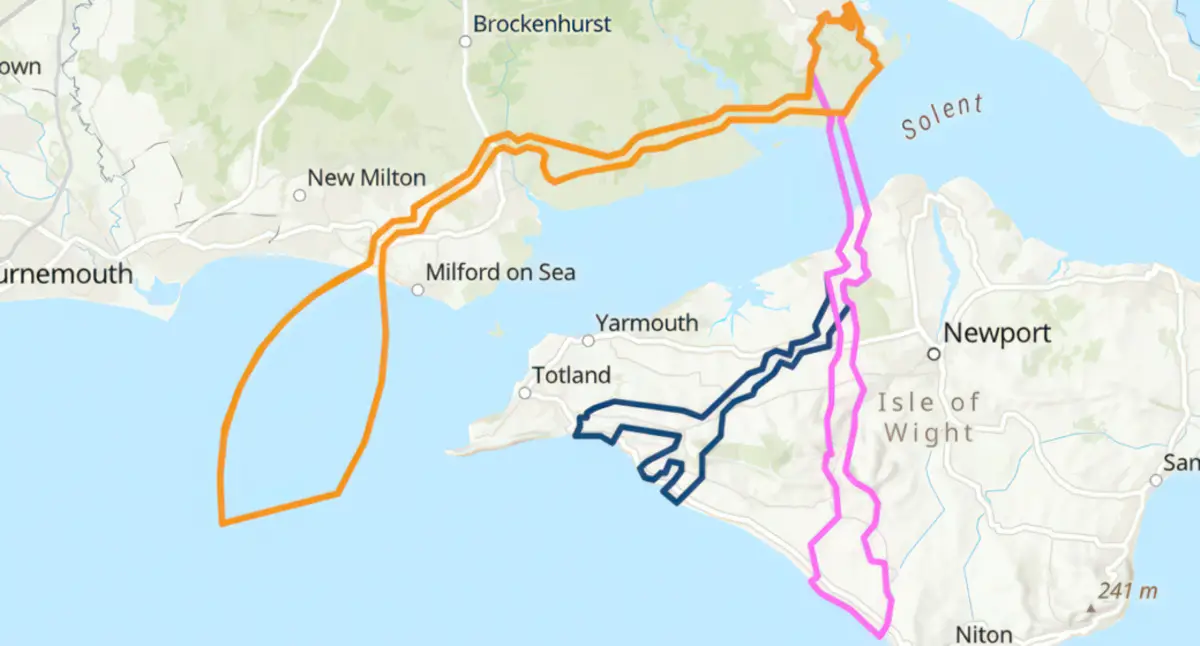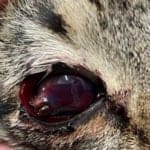Last updated:
The Isle of Wight Biosphere Steering Committee share below a copy of their letter to the Solent CO2 pipeline project team. Ed
The Isle of Wight Biosphere Steering Committee have the following questions about the proposed Solent CO2 pipeline that we don’t feel have been answered in the available documentation.
We request a public response, as well as a meeting to discuss these questions with Exxon Mobil.
A prompt response would be appreciated and will assist local communities and organisations in responding to the consultation.
- Has the Island’s UNESCO Biosphere Reserve status (and potential loss) been factored into the choice of potential corridors? If so, how?
- The consultation website describes critical products produced at Fawley that necessitate its continued production of CO2. Does this mean that only these critical products will be produced in future? What is the plan and timeline for scaling down production of non-critical products?
- How does this fit into future plans for CO2 storage within our overall national objective of decreasing carbon emissions. Can we expect more of these pipelines to be built or required? Could the Island be used again as a route for these in future?
- There are a number of potential corridors that have already been ruled out, including using marine only routes. Can we see the assessments that lead to these being discounted?
- What environmental considerations and assessments have already been used to decide on the 3 proposed corridor locations? What were the results of these?
- How will the proposed future environmental impact assessments be carried out? Who will be doing them and what criteria will they be based on? What is the budget for this work?
- What will be the process for monitoring ongoing environmental impact and ensuring mitigation is effective? Who will be responsible for enforcing this?
- The Isle of Wight Council is in the process of producing its Local Nature Recovery Strategy (LNRS), the new statutory spatial plan for habitats and species required of every county in England by the Environment Act 2021. The LNRS will identify critical ecological networks, project sites and collaborations between agencies, landowners and communities and these will inevitably be impacted upon by any of the proposed Island routes. What steps will you be taking to engage with the LNRS as a statutory local plan?
- What scale of Biodiversity Net Gain are you proposing for the scheme (10% is the statutory minimum) and how do you propose to secure the necessary biodiversity units within the territory of the Island?
- What restrictions on access would there be to enter or cross the finished pipeline corridor once completed and operational?
- The Island has one of the highest hedgerow densities in the country (at 3.7km/km2). Because of Island biogeographical factors shaping the way priority species and their populations function here, hedgerow networks have very significant importance, especially for protected species, for example dormice and bats.The scale of severance and fragmentation to the hedgerow network will be very significant, and perhaps permanent if operational requirements demand gaps to be maintained. What analysis and assessment will you be doing to fully evaluate landscape-scale habitat connectivity impacts for priority species?
- In terms of the future of this storage, what is the projected lifespan of these assets? How long will the CO2 be sequestered for? Are there decommissioning plans if that is likely to be necessary? If not, is there any risk of accidental escape?
- We have heard a rumour that local officials in the New Forest have already been told that the mainland corridor has been ruled out. Can you confirm if this is true?
- Could this development be halted if a majority of local people are not in favour? Who has final authority on making this decision?

Visit the IW Biosphere website for more information. See the Solent CO2 Pipeline website.





